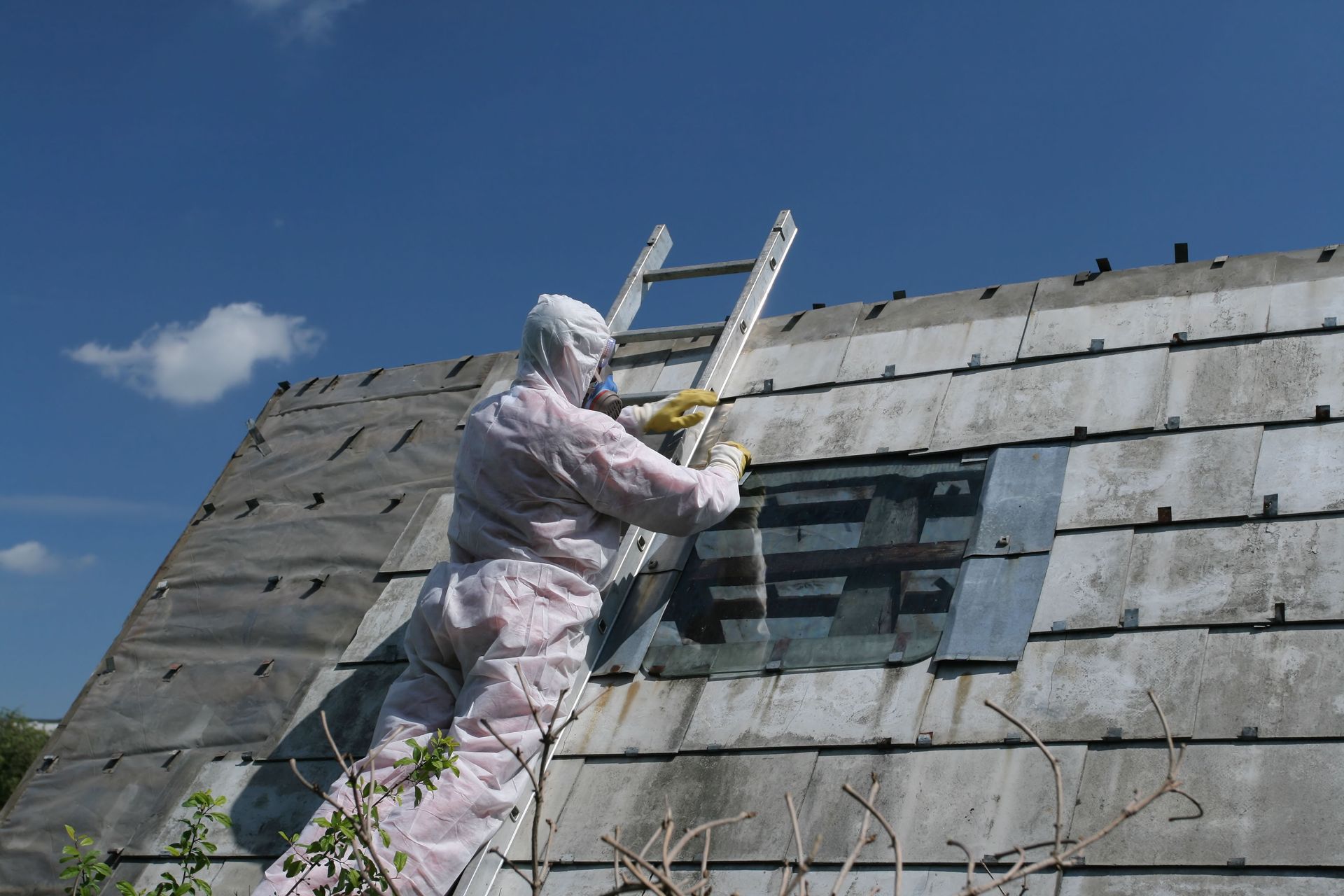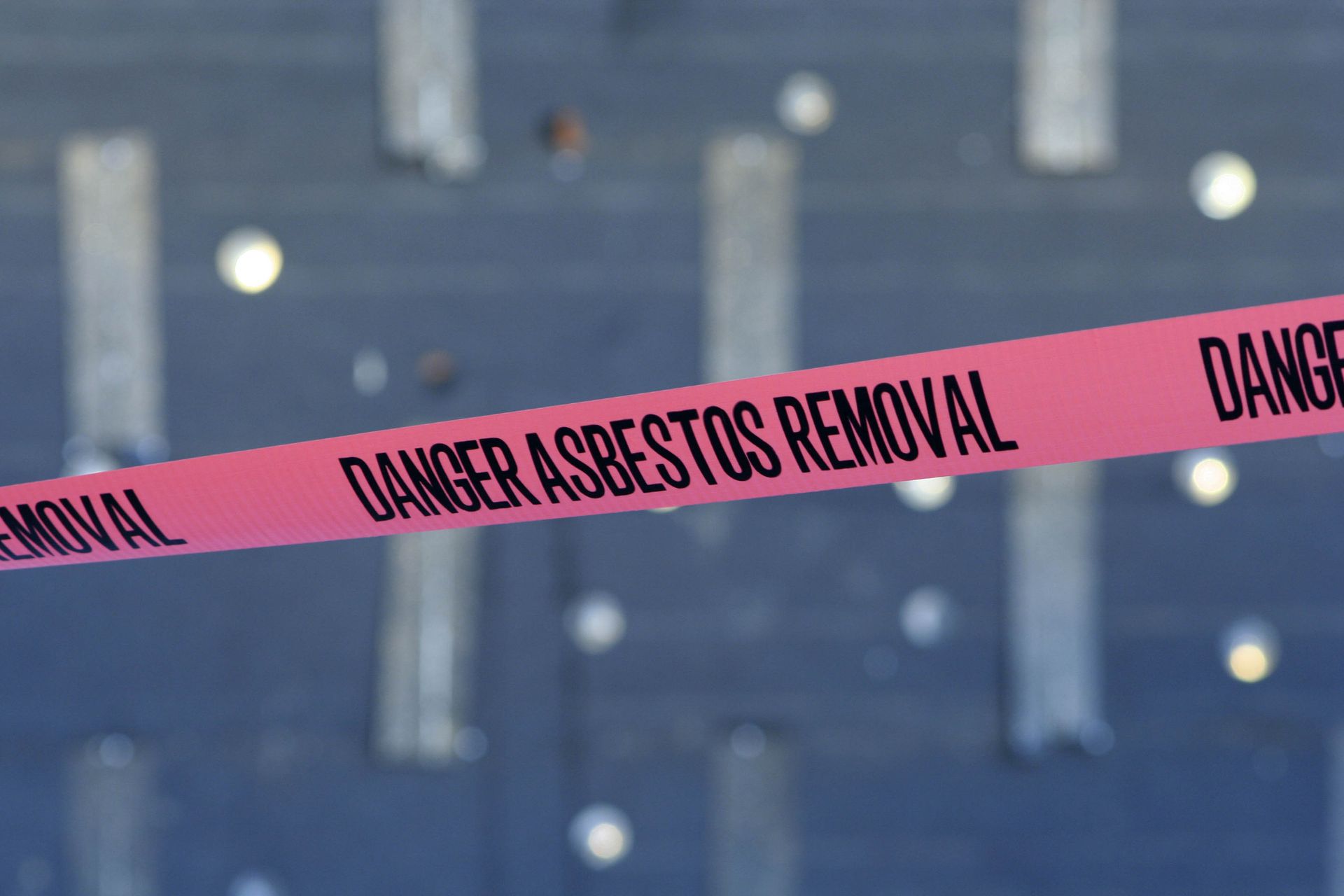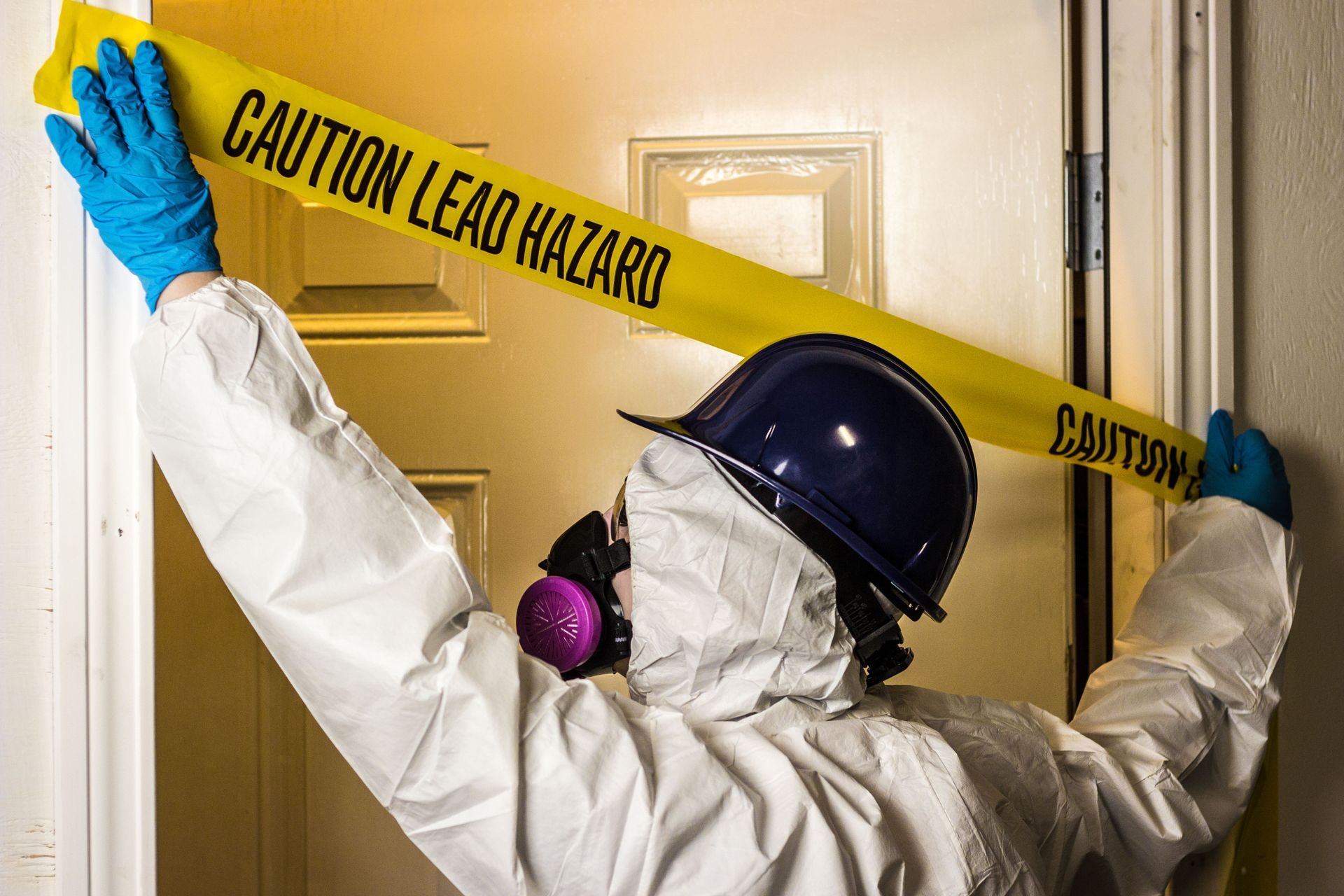Asbestos, a group of naturally occurring minerals known for their durability and heat resistance, has been widely used in various industries. Despite its effective applications, asbestos poses significant health risks, leading to widespread concern and numerous questions. This blog post aims to address some of the most frequently asked questions regarding asbestos, shedding light on its risks, regulations, and safety measures.
Why Is Asbestos Considered So Dangerous?
The primary health risk associated with asbestos is its potential to cause mesothelioma, a rare and aggressive form of cancer. According to Asbestos.com, around 3,000 Americans are diagnosed with mesothelioma every year, highlighting the seriousness of asbestos-related health issues. Asbestos fibers, when inhaled, can lodge in the lungs, leading to lung diseases and other critical health conditions over time. Because asbestos is not always visible to the naked eye, many individuals rely on asbestos testing companies to detect its presence before proceeding with any construction or remediation projects.
Where Is Asbestos Commonly Found Today?
Asbestos was commonly used in construction materials, including insulation, roofing shingles, floor tiles, and textured ceilings, particularly in buildings constructed before the 1980s. Homeowners and workers in older structures might be at risk of exposure if asbestos-containing materials are damaged or disturbed. Since improper handling can increase the danger, contacting asbestos testing companies is a critical first step when planning renovations or repairs in buildings of that era. These professionals can conduct inspections and guide whether removal or encapsulation is necessary.
What Regulations Help Protect People From Asbestos Exposure?
Over the years, stringent regulations have been implemented to manage the use and handling of asbestos. In the United States, agencies like the Environmental Protection Agency (EPA) and the Occupational Safety and Health Administration (OSHA) have established clear guidelines for asbestos control, including rules for notification, disposal, and worker protection. Businesses and property owners are expected to follow these regulations carefully. Partnering with certified asbestos testing companies ensures compliance with these standards and helps safeguard public health by accurately identifying contamination and recommending appropriate responses.
Understanding asbestos and its associated risks is vital for everyone, especially for those who live or work in older buildings. With appropriate regulations and safety measures in place, the dangers can be significantly mitigated. By staying informed and cautious, individuals can protect themselves and their communities from the potentially devastating effects of asbestos exposure. If you're worried about asbestos in your home or place of business, call EnviroBrite Inspections, Inc today!





Share On: